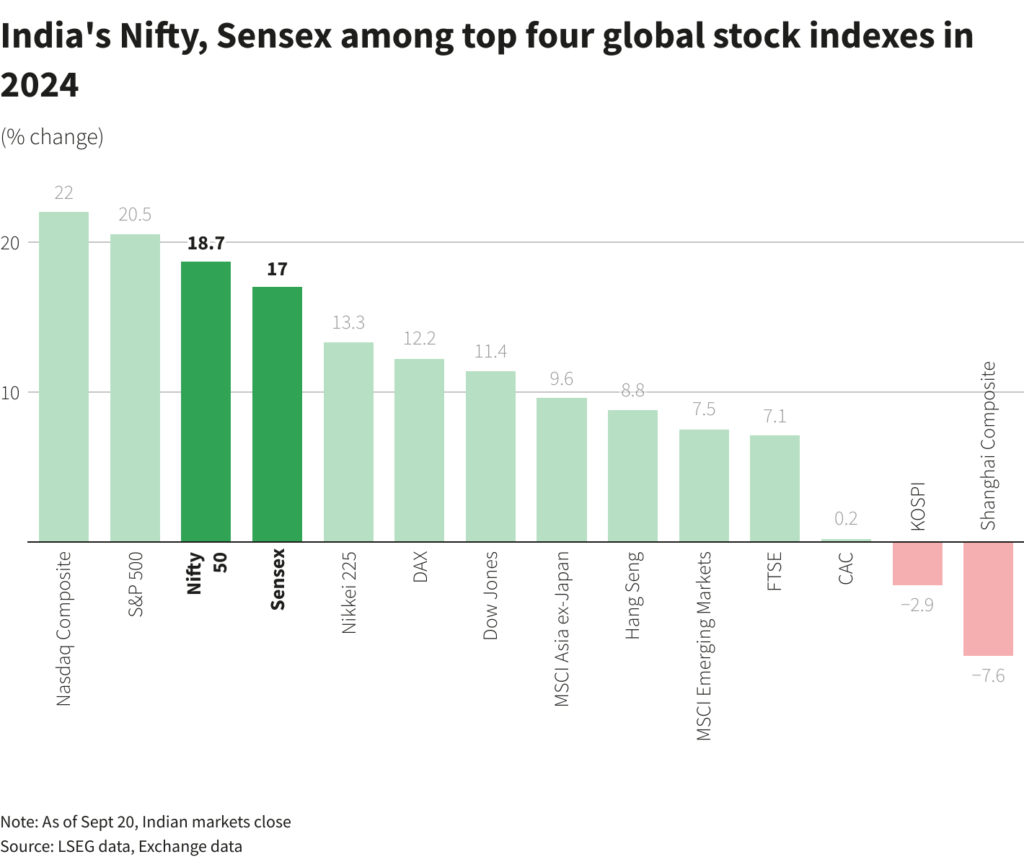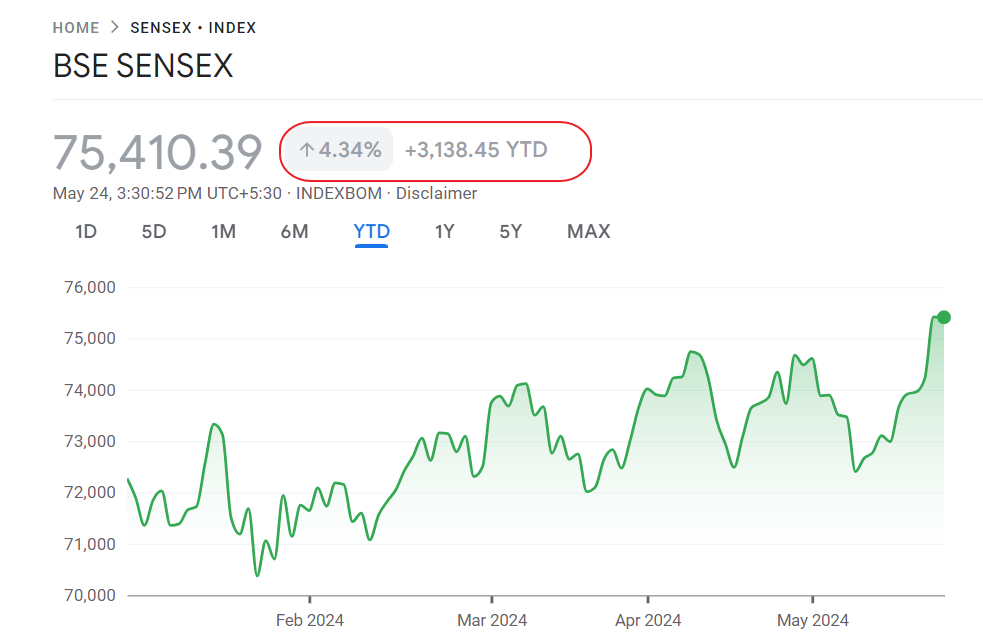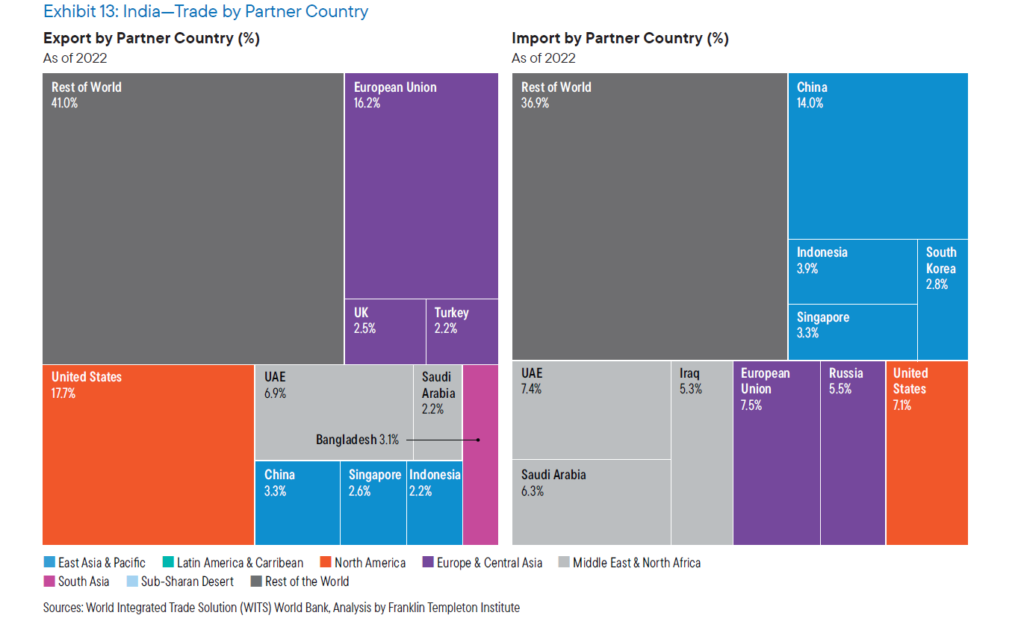Banks in India seem to be faring much the banks in the Western world. In a recent article, The Banker magazine says that though India has been affected by the global downturn its banking system has survived due to the bold actions taken by the Duvvuri Subbarao, the Governor of the Reserve Bank of India.The article says that some of the reasons for the surprising strength of the banks are not having direct exposure to subprime mess, limited derivative exposure and low off-balance sheet activities. These three are the biggest causes of meltdown in many of the large financial institutions in Europe and North America. Another factor that must reviewed when evaluating banks is the “Capital-To-Risk weighted Ratio”. The piece says “The capital-to-risk weighted assets ratio of Indian banks, at 12.6%, is above the regulatory norm of 9% and well above the Basel Accord norm of 8%.” [emphasis added]
ICICI Bank (IBN) and HDFC Bank (HDB) are the two banks that trade in the US. The largest bank in India is the state owned, State Bank of India. However it is not listed as ADR here. ICICI is India’s largest private sector bank.
1. ICICI Bank (IBN)
Current Yield: 3.48%
Today ICICI reported earnings for the last quarter of 2008. Profits after tax went up 25% over 3Q, 2008 at $261 M. NPA stood at 1.95% which is much less than many large global banks.
As of December 31, 2008 ICICI’s total capital adequacy was 15.6% and Tier-1 capital adequacy was 12.1%.
ICICI is gaining more customers and increasing its deposit base in UK and Canada. The main reason for the growth in these two countries is higher interest rate offered by the bank in comparison to many domestic banks.
ICICI has a rating of BBB-, which is just above junk status, given by Fitch back in November last year. Last year there was a run on some of its branches as rumors spread that the bank was about to collapse. However that rumor turned out to be false. S&P; seems to think that the bank would survive any eventuality. It said in October last year ” the bank had a strong credit profile, but a relatively low credit rating as it is rated on a stand-alone basis. But given its importance to the Indian economy, the agency believes it would ‘receive extraordinary systemic support in the event of any financial distress’, and is therefore unlikely to fail.”
2.HDFC Bank Ltd (HDB)
Current Yield: 1.05%
HDFC has been affected by the economic downturn in India. Asset growth has slowed.In order to increase loan sales the bank has started to cut interest rates especially on mortgage loans. However customer default is a concern due to many job losses and complete freeze in the real estate market. HDB’s current capital adequacy ratio is 13.7%. Unlike ICICI, HDFC does not operate retail outlets in UK and Canada.
It remains to be seen whether the policy changes put in by the central bank will prevent further downturn in the Indian economy.
Update:
Bloomberg: State Bank of India, ICICI Profits Advance on Bond Investments



